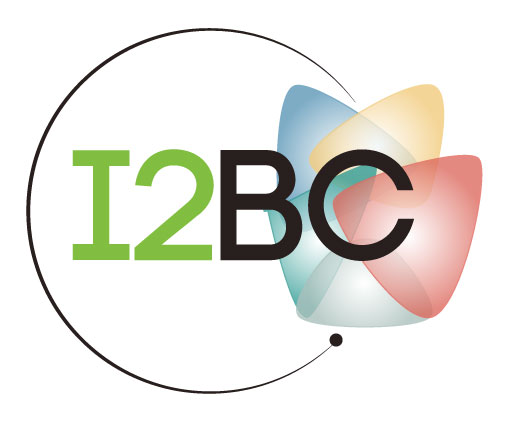Variations in Cellular Responses of Mouse T Cells to Adenosine-5'-Triphosphate Stimulation Do Not Depend on P2X7 Receptor Expression Levels but on Their Activation and Differentiation Stage
Résumé
A previous report has shown that regulatory T cells (Treg) were markedly more sensitive to adenosine-5'-triphosphate (ATP) than conventional T cells (Tconv). Another one has shown that Tregs and CD45RBlowTconvs, but not CD45RBhighTconvs, displayed similar high sensitivity to ATP. We have previously reported that CD45RBlowTconvs expressing B220/CD45RABC molecules in a pre-apoptotic stage are resistant to ATP stimulation due to the loss of P2X7 receptor (P2X7R) membrane expression. To gain a clearer picture on T-cell sensitivity to ATP, we have quantified four different cellular activities triggered by ATP in mouse T cells at different stages of activation/differentiation, in correlation with levels of P2X7R membrane expression. P2X7R expression significantly increases on Tconvs during differentiation from naive CD45RBhighCD44lowto effector/memory CD45RBlowCD44highstage. Maximum levels of upregulation are reached on recently activated CD69+naive and memory Tconvs. Ectonucleotidases CD39 and CD73 expression levels increase in parallel with those of P2X7R. Recently activated CD69+CD45RBhighCD44lowTconvs, although expressing high levels of P2X7R, fail to cleave homing receptor CD62L after ATP treatment, but efficiently form pores and externalize phosphatidylserine (PS). In contrast, naive CD45RBhighCD44lowTconvs cleave CD62L with high efficiency although they express a lower level of P2X7, thus suggesting that P2X7R levels are not a limiting factor for signaling ATP-induced cellular responses. Contrary to common assumption, P2X7R-mediated cellular activities in mouse Tconvs are not triggered in an all-or-none manner, but depend on their stage of activation/differentiation. Compared to CD45RBlowTconvs, CD45RBlowFoxp3+Tregs show significantly higher levels of P2X7R membrane expression and of sensitivity to ATP as evidenced by their high levels of CD62L shedding, pore formation and PS externalization observed after ATP treatment. In summary, the different abilities of ATP-treated Tconvs to form pore or cleave CD62L depending on their activation and differentiation state suggests that P2X7R signaling varies according to the physiological role of T convs during antigen activation in secondary lymphoid organs or trafficking to inflammatory sites.
Domaines
Sciences du Vivant [q-bio]
Origine : Fichiers éditeurs autorisés sur une archive ouverte
Loading...

